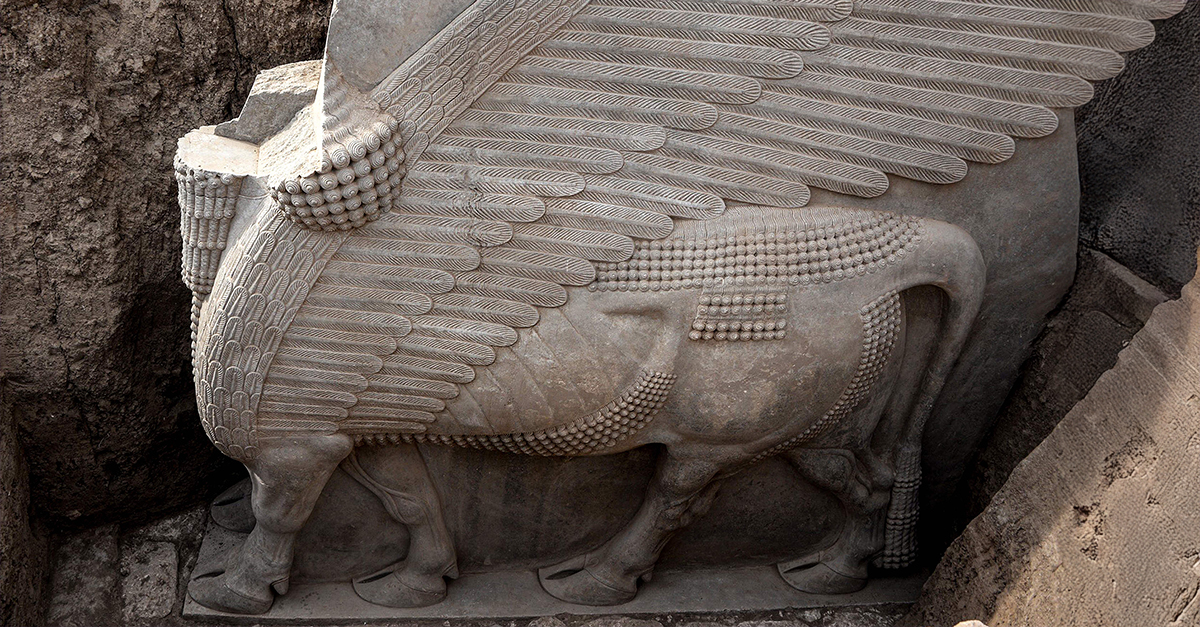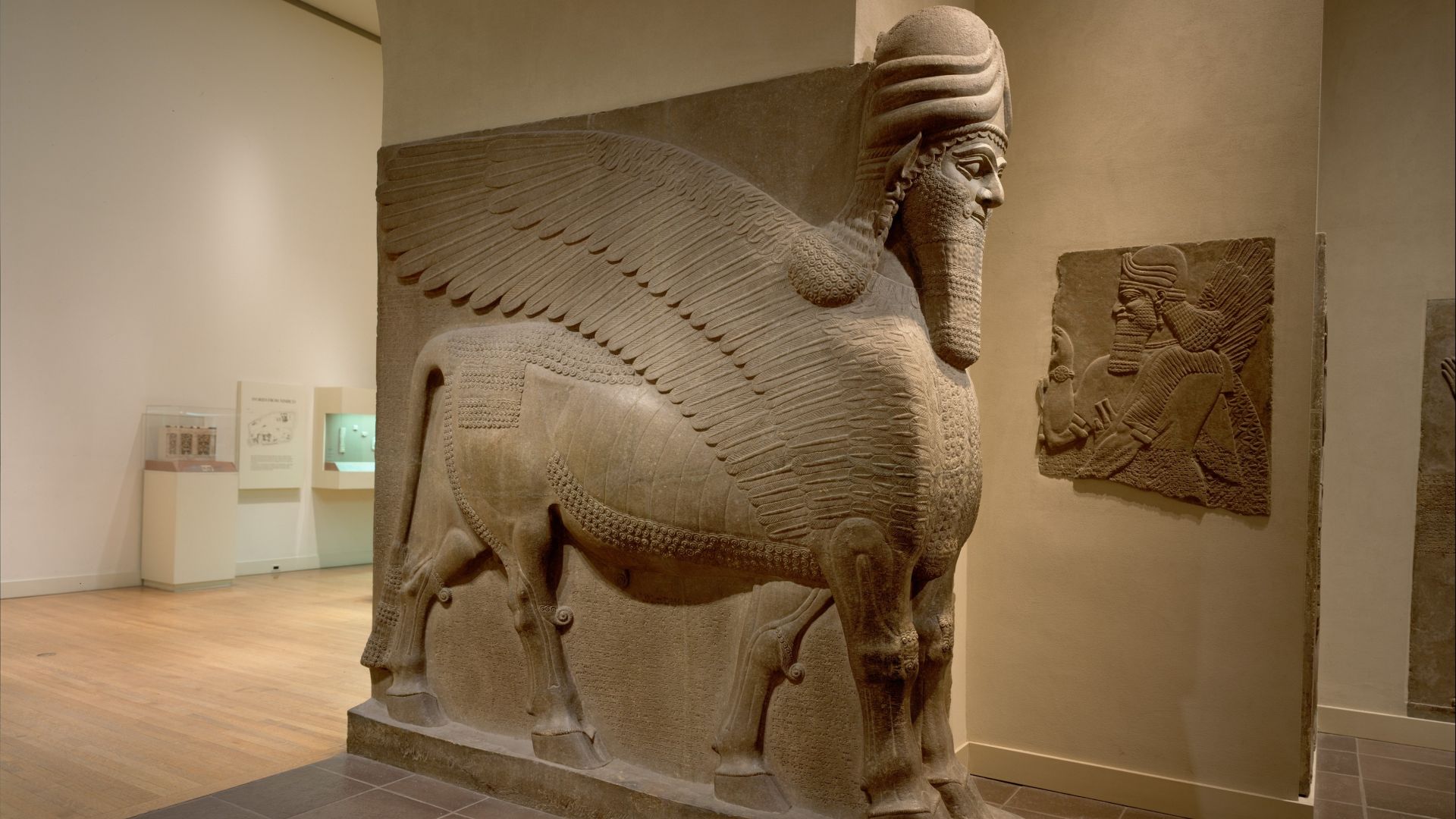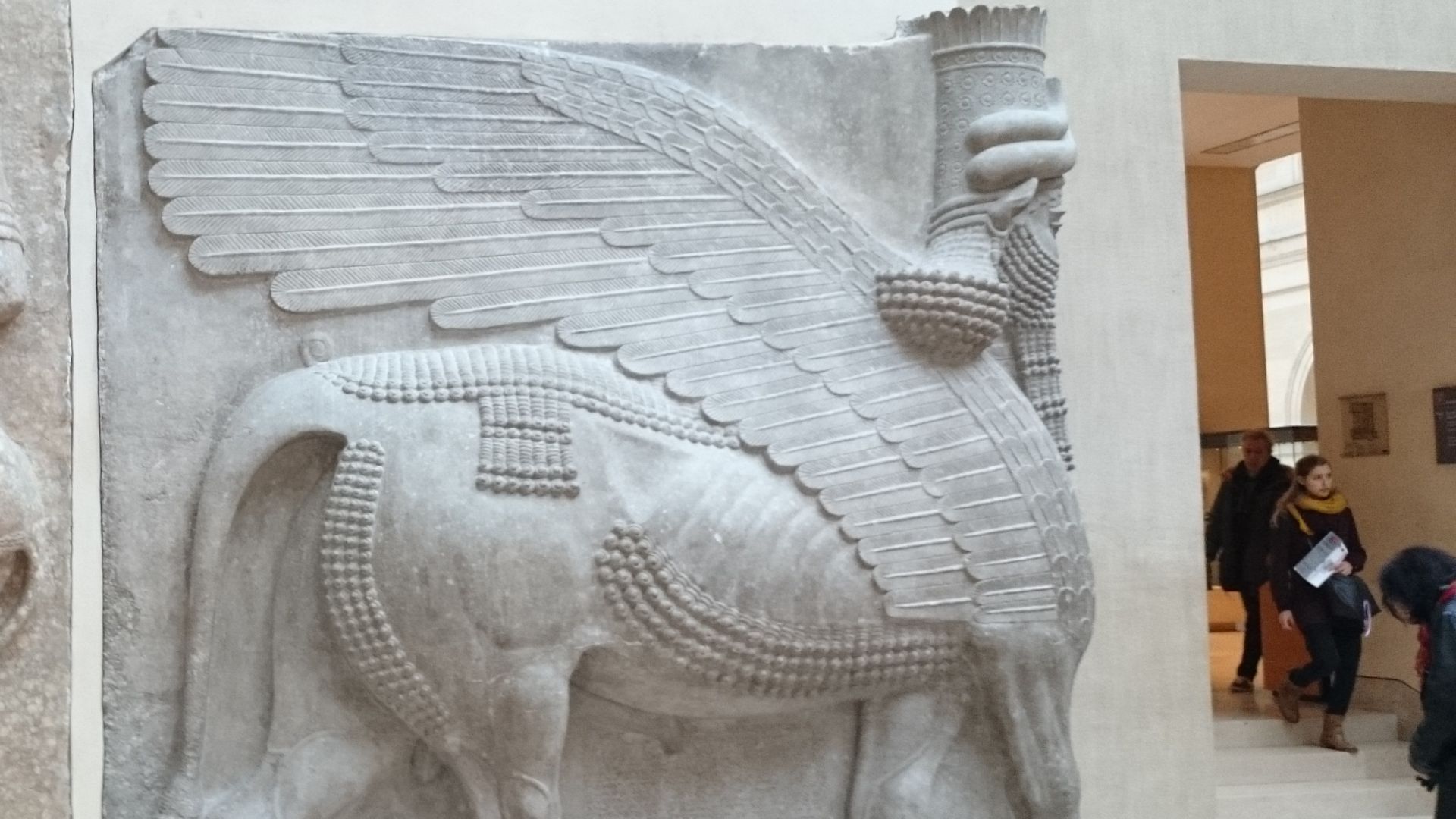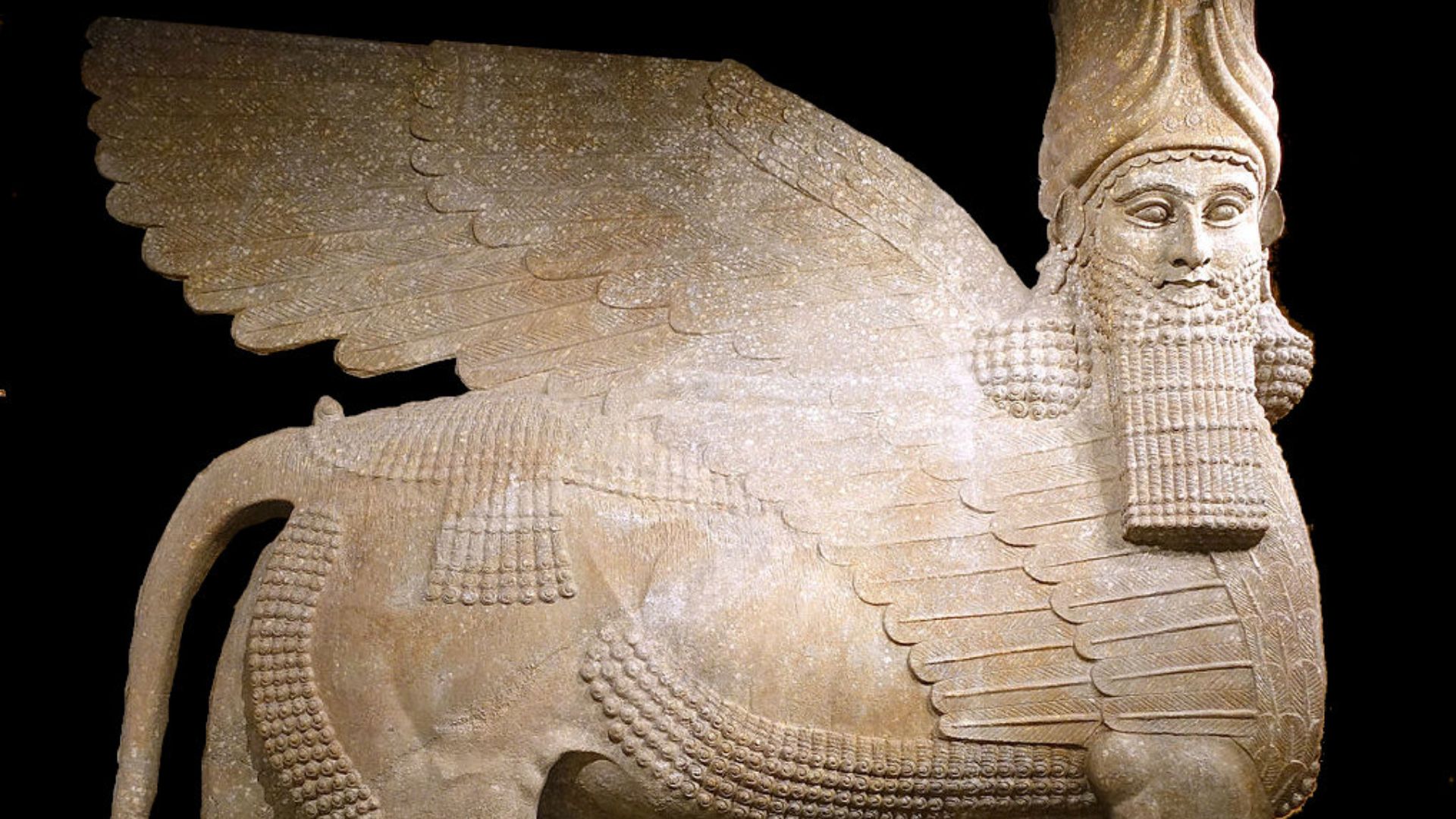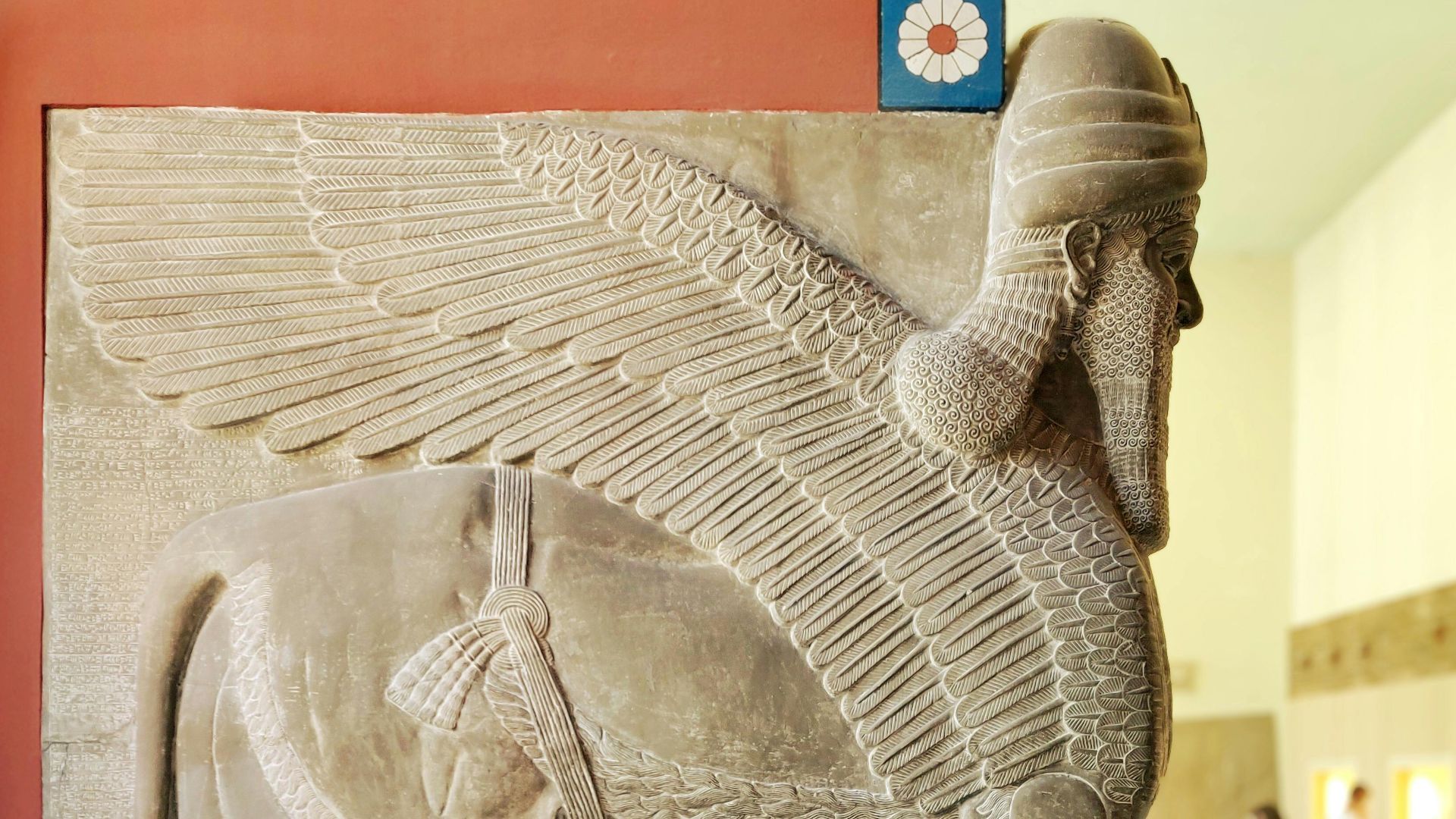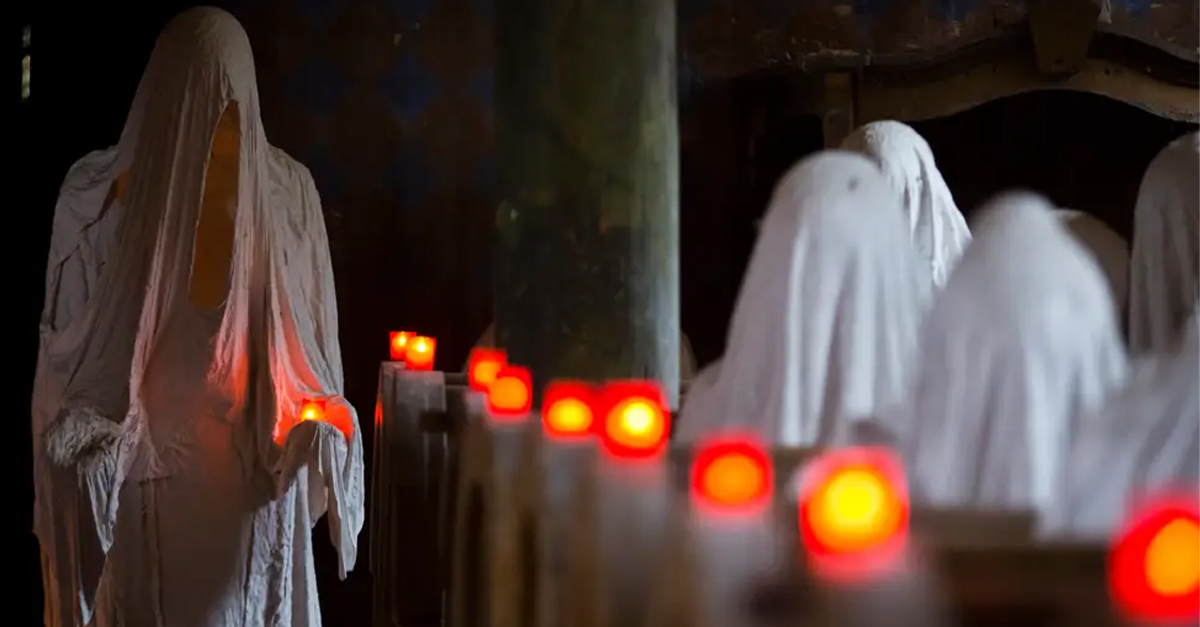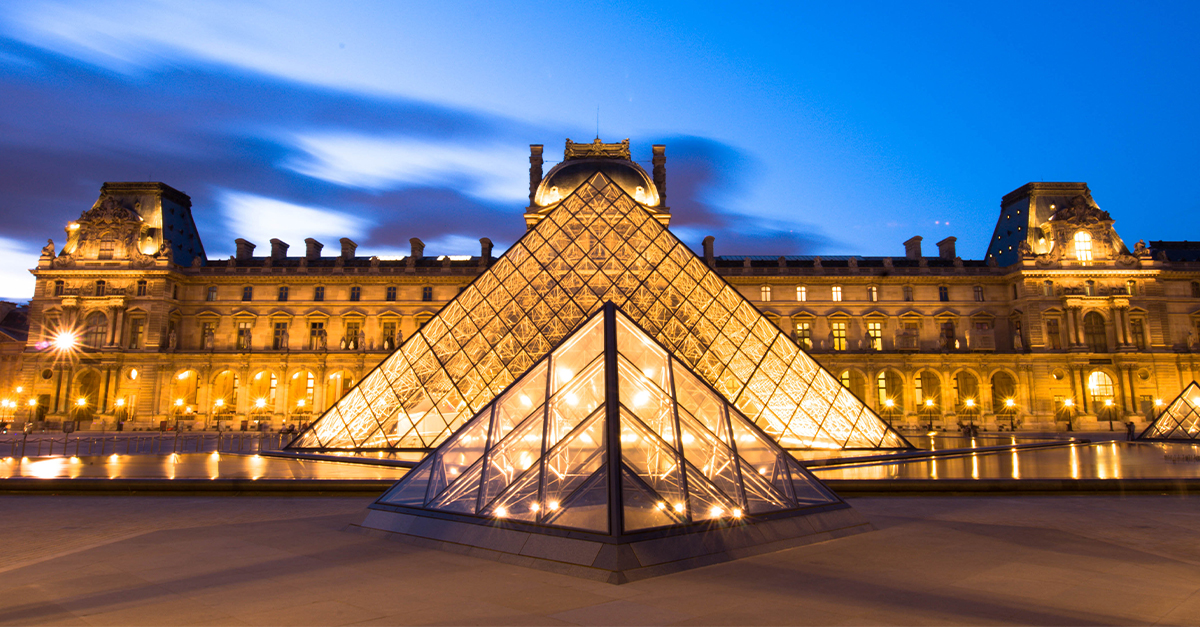Ancient Guardians Rise Again In Nineveh
In October 2025, archaeologists from the University of Heidelberg unearthed fifteen monumental lamassu statues and exquisite stone reliefs at Nineveh, once the thriving capital of the mighty Assyrian Empire. This discovery follows right on the heels of September’s find of a colossal winged bull, fulfilling one of the most remarkable archaeological seasons in Iraq in decades.
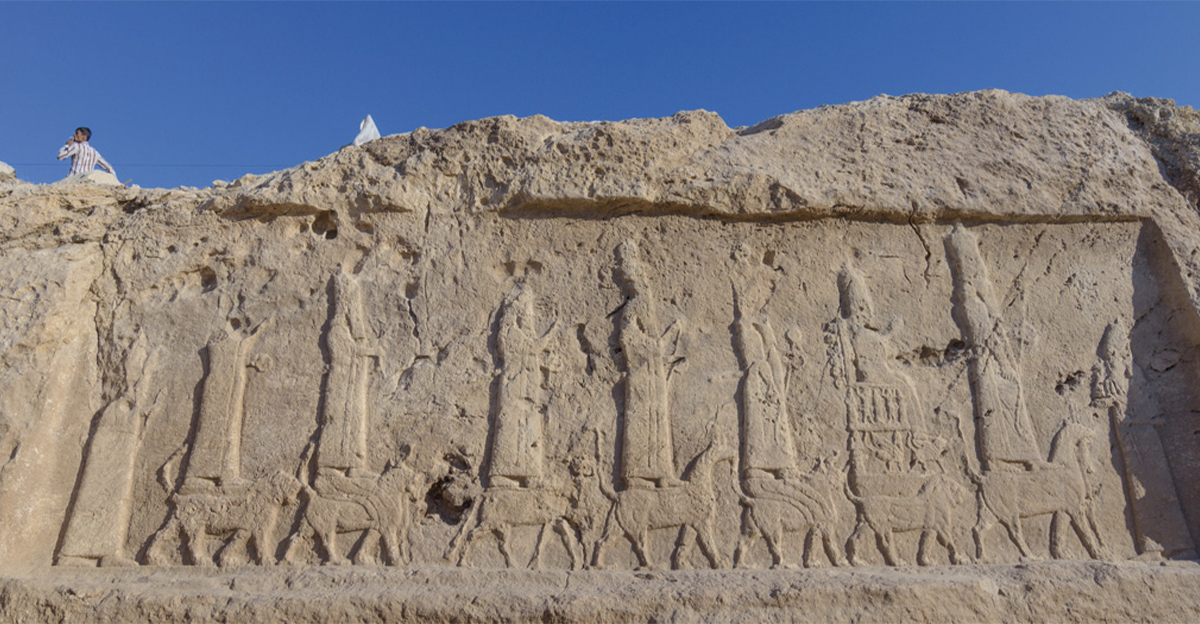
A City That Held Sway Over An Empire
Nineveh, located near modern-day Mosul, Iraq, was the Assyrian Empire’s dazzling capital nearly 2,700 years ago. With impregnable walls that stretched for miles and extravagant palaces festooned with mythic beasts, it was the pounding heart of a civilization that shaped ancient Mesopotamia. Today, its ruins still tell stories of power, artistry, and unshakable religious faith.
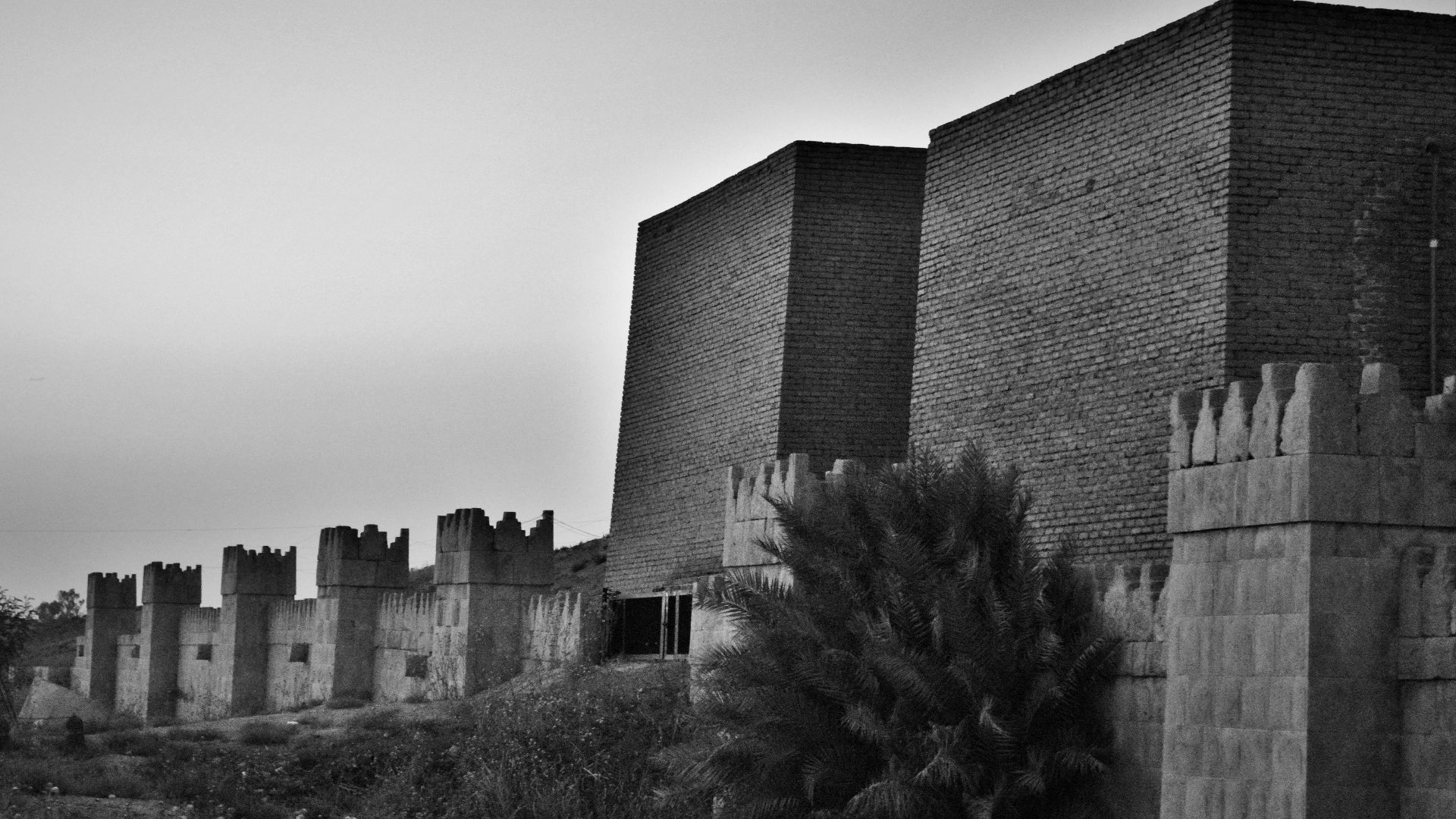 Omar Siddeeq Yousif, Wikimedia Commons
Omar Siddeeq Yousif, Wikimedia Commons
Digging Into A Legendary Mound
The latest discoveries came from Tell Nabi Yunus, a mound long shrouded in the veil of myth. For years, it was kept off-limits to curious archaeologists. Now, new excavations are peeling back the layers of history one at a time, revealing grand gateways and courtyards once strolled by Assyrian kings. Each trench brings another amazing glimpse of ancient splendor.
The Winged Bull That Started It All
Only a month earlier, in September 2025, researchers uncovered a massive six-meter-tall winged bull; it was a guardian unlike any ever found before. That statue rekindled global interest in Nineveh’s long-buried palaces. When October’s discovery followed quickly after, it became crystal clear that archaeologists were standing on the threshold of a royal complex frozen in time.
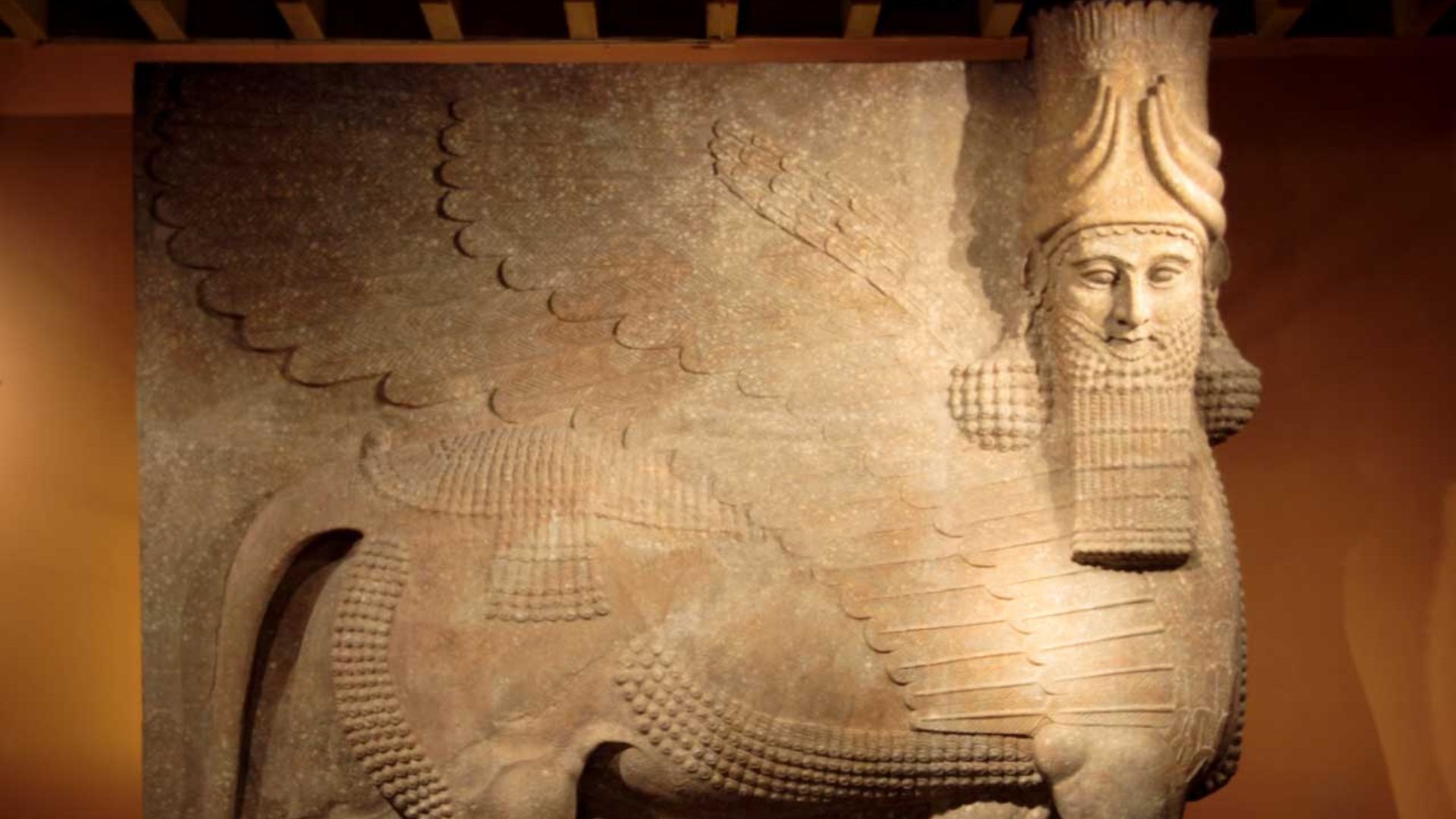 Alonso de Mendoza, Wikimedia Commons
Alonso de Mendoza, Wikimedia Commons
Meet The Lamassu: Half Man, Half Bull, All Sacred
The lamassu is one of the most recognizable symbols of ancient Assyria; this deity is a winged, human-headed bull meant to guard cities and palaces. These towering ominous hybrids stood watch over entrances, warding off evil and letting visitors know of the divine nature of the kingship that dominated the ancient land. Their blend of beauty and awesome power still grips imaginations thousands of years later.
Guardians Unearthed After 2,600 Years
In October 2025, the University of Heidelberg team revealed fifteen lamassu statues; twelve of them still standing where ancient craftsmen had placed them. Buried for over two millennia, these stone sentinels emerged almost totally unscathed. Their scale, detail, and incredible state of preservation stunned archaeologists and offered an unprecedented window into the lost grandeur of ancient Nineveh.
Palace Gateway Frozen In Stone
The lamassu lined a cavernous palace entrance that was once the unquestioned domain of an Assyrian ruler. Each statue stood beside elaborately carved reliefs displaying processions, soldiers, and sacred animals. Together, they formed a stone theater of regal proportions. It was an architectural and artistic performance meant to awe any who dared cross the threshold.
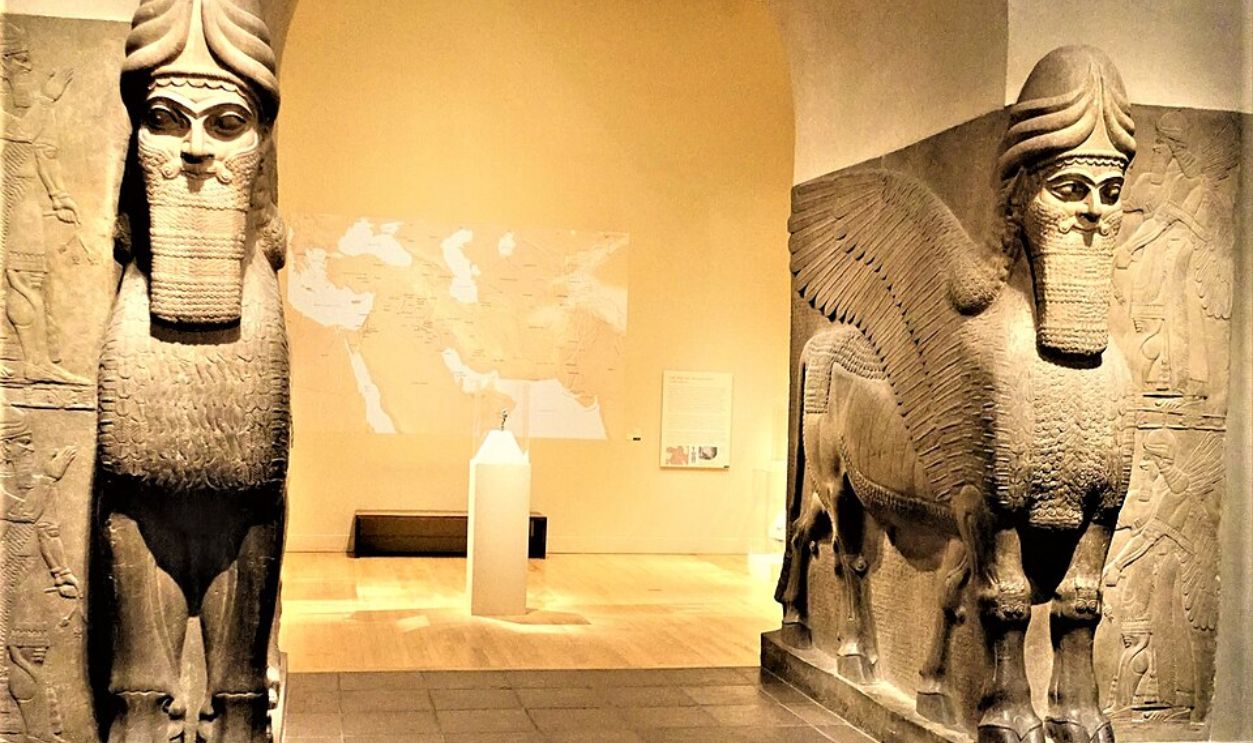 Joyofmuseums, Wikimedia Commons
Joyofmuseums, Wikimedia Commons
Craftsmanship That Still Dazzles
Some of the statues were carved from single blocks of soft alabaster; others were skillfully assembled from multiple stones. The fine chisel lines, curling full beards, and feathered wings show a precision and minute attention to detail that rivals classical sculpture. Even under all that dust and debris, their amazing craftsmanship radiates confidence and the boundless ambition of imperial glory.
Art That Told A King’s Story
The newly exposed reliefs show scenes of royal hunts, banquets, and divine rituals. These functioned as decorations, of course, but the reliefs were also a kind of political storytelling hewn into the very rock of the empire. Every panel proclaimed the ruler’s strength, piety, and legitimacy. In the pre-photography world of the Assyrians, the winged muscular figures seen in these reliefs formed a powerful message of state propaganda.
 Osama Shukir Muhammed Amin FRCP(Glasg), Wikimedia Commons
Osama Shukir Muhammed Amin FRCP(Glasg), Wikimedia Commons
Timeline Written In Rock
Archaeologists date the lamassu and reliefs to Nineveh’s golden age, between the reigns of Sennacherib, Esarhaddon, and Ashurbanipal. These were the kings who ruled Assyria at the peak of its dominance of the Middle East. The discovery helps fill gaps in the story of how their palaces were built and decorated. The whole discovery is indisputable evidence that Assyrian artistry was poised to reach its greatest height here.
 Unknown authorUnknown author, Wikimedia Commons
Unknown authorUnknown author, Wikimedia Commons
The Meaning Behind The Guardians
To the Assyrians, the lamassu were supernatural beings that embodied strength and protection. They merged the unstoppable physical might of the bull, the cunning intelligence of humanity, and the soaring spiritual freedom of the eagle. Passing between these statues was intended to be a humbling experience but also reassuring: you knew you were entering sacred space.
Why This Palace Was Special
Tell Nabi Yunus was no run-of-the-mill Assyrian ruin. It was a sumptuous royal complex combining military, religious, and administrative functions all under one unified roof. The newly unearthed lamassu suggest that the complex might have been a ceremonial palace linked directly to the city’s main temple district. The sheer scale of the place hints at a display of power meant to impress subjects and even the very gods themselves.
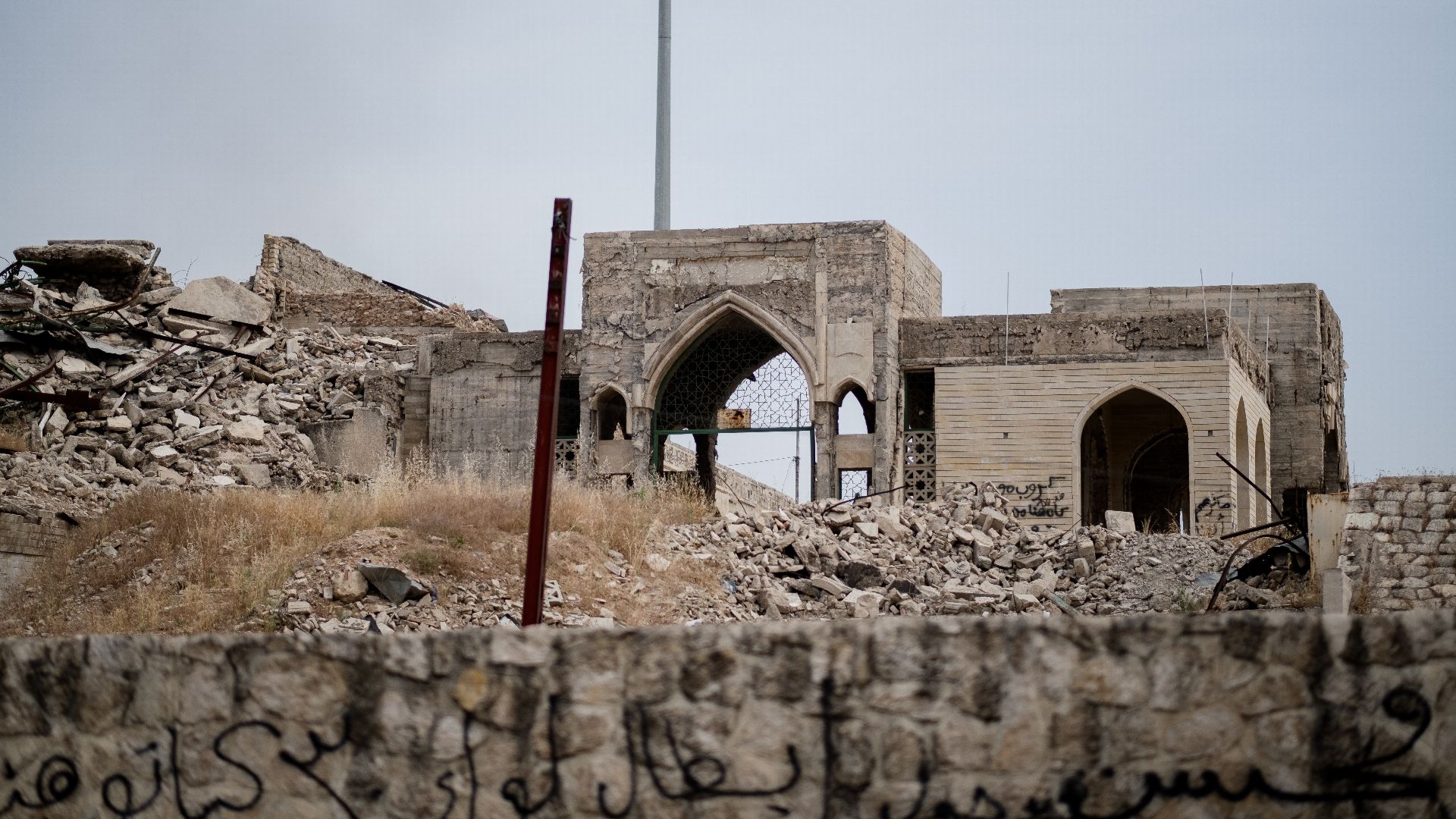 Levi Clancy, Wikimedia Commons
Levi Clancy, Wikimedia Commons
Comeback Story For Assyrian Art
These discoveries are going to rewrite what scholars always assumed they knew about late Assyrian sculpture and civilization. The lamassu show a clearly evolving artistic style that was still monumental, but more naturalistic and expressive. It’s like finding a bridge between the static nature of earlier works and the dynamic originality that would inspire later empires to emerge from windswept desert sands.
 Kelly Lowery, U.S. Immigration And Customs Enforcement, Wikimedia Commons
Kelly Lowery, U.S. Immigration And Customs Enforcement, Wikimedia Commons
Bringing Nineveh Back To Life
For decades, parts of Nineveh were damaged or looted during conflicts. The German-Iraqi project now intends to document, stabilize, and restore whatever they can from what remains. Every lamassu uncovered is scanned and conserved, guaranteeing that Nineveh’s stories will survive not only in textbooks, but for flesh-and-blood visitors who will one day stand gaping in awe before them.
 Sir Austen Henry Layard, 1853, Wikimedia Commons
Sir Austen Henry Layard, 1853, Wikimedia Commons
Nineveh’s Modern Revival
These finds have relit the fires of hope for a boost in cultural tourism for northern Iraq. Local authorities have plans to improve access and protection so that one day, travelers can once again stroll the same courtyards as Assyria’s most powerful kings. For Mosul’s local residents, the rediscovery of Nineveh is a an archaeological wonder and a cultural renewal, reconnecting today’s residents to their long lost historical roots.
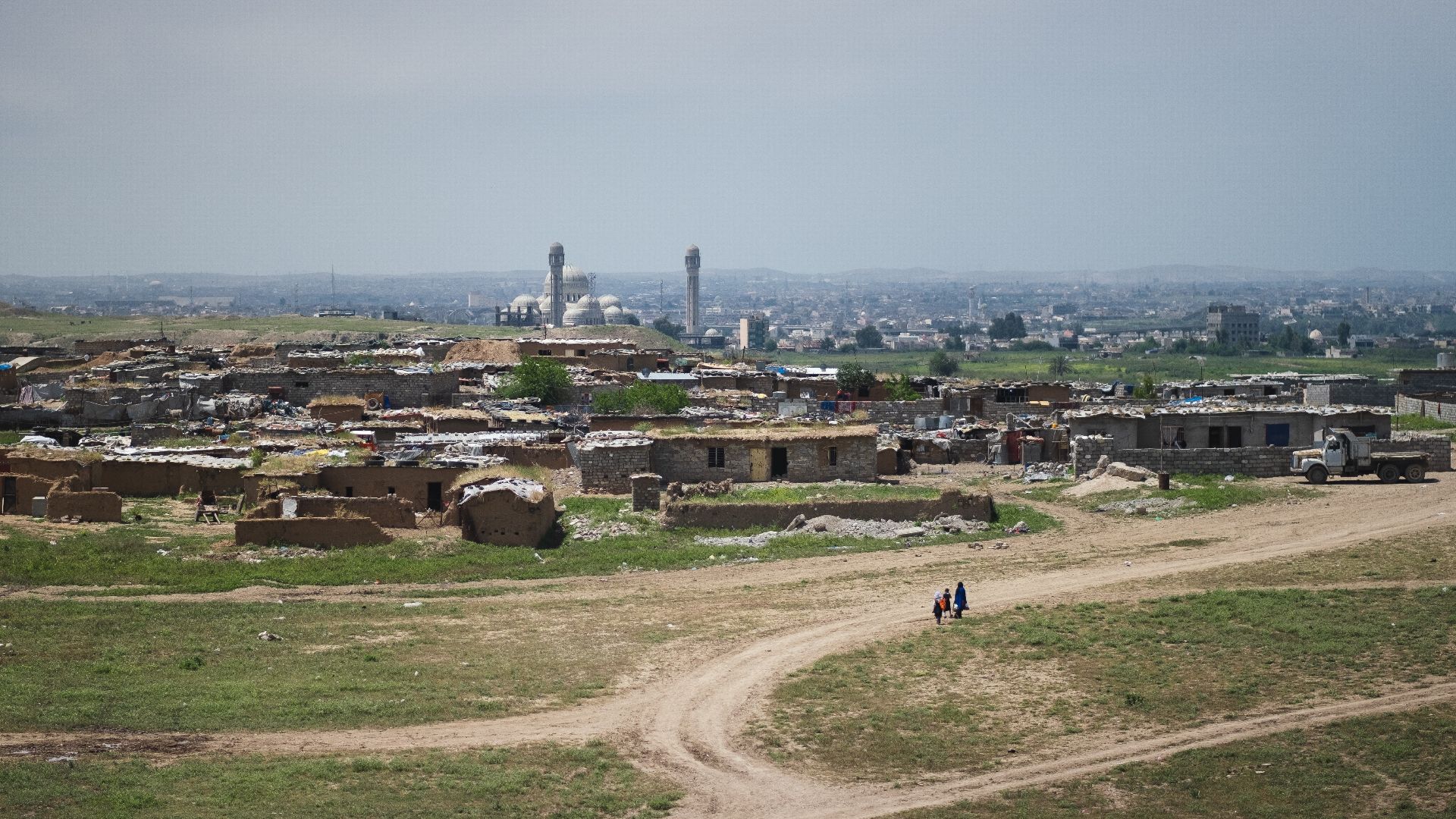 Levi Clancy, Wikimedia Commons
Levi Clancy, Wikimedia Commons
Why The Discovery Stunned The World
It’s important to grasp how spectacular this discovery is. Fifteen lamassu in one place is virtually unheard of. Most museums display only fragments of such treasures. To uncover an entire gateway lined with them is like opening an entire new chapter of ancient architecture intact. It just goes to show how much still lies buried beneath Iraq’s plains, waiting to totally reshape our history books.
How Visitors Can Experience Nineveh Today
Nineveh sits just across the Tigris River from modern Mosul. Though access to the active excavation zones are restricted, parts of the ancient city are open to visitors. Travelers can see the restored city walls, the Nergal Gate, and museum exhibits of earlier finds. This can give a preview of what the new lamassu discoveries may one day reveal.
 Photonashwan, Wikimedia Commons
Photonashwan, Wikimedia Commons
Lessons From A Long-Lost Empire
The lamassu’s solemn gaze speaks across centuries about power, art, and the human desire for immortality. Assyria’s kings fell, but their stone guardians still stand tall, in grim testimony of a culture that can outlast its downfall. For travelers, that endurance is part of the awe of the experience: to see how incomparable beauty can defy time itself.
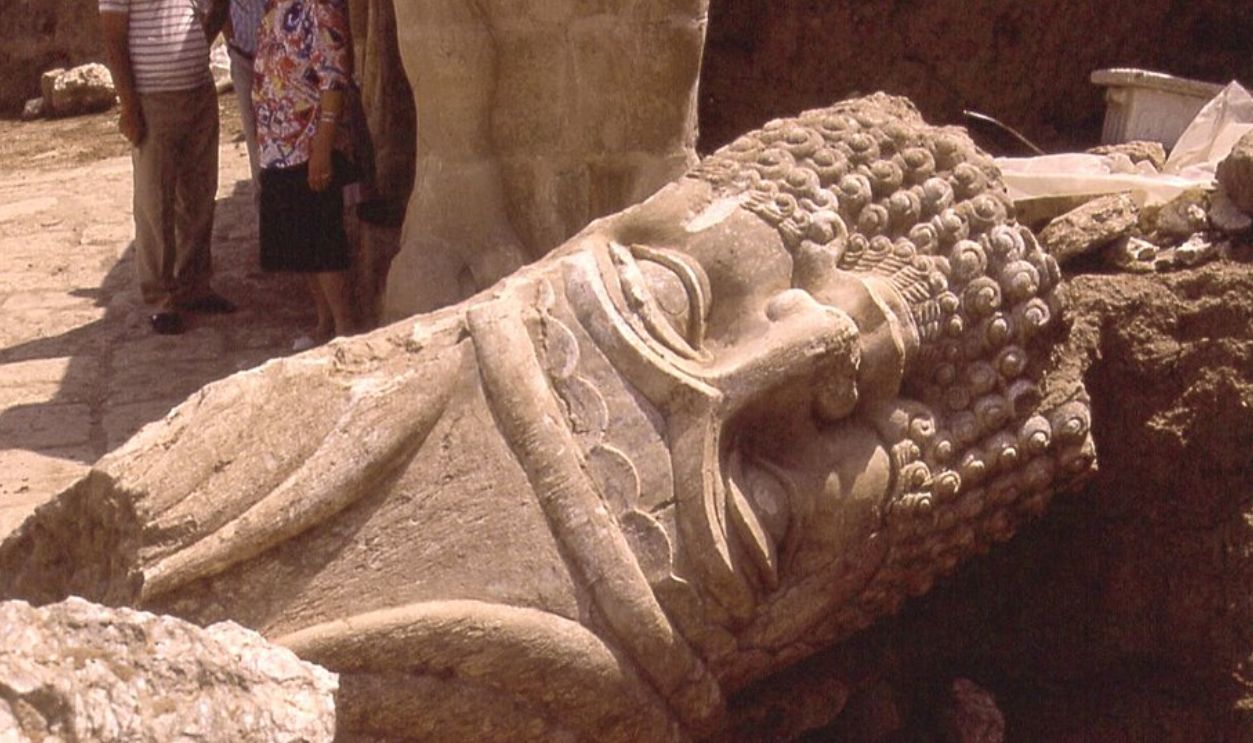 Fredarch at Wikipedia, Wikimedia Commons
Fredarch at Wikipedia, Wikimedia Commons
Looking Ahead To What’s Still Hidden
Archaeologists believe much of Nineveh is still unexplored. Hidden just beneath the soil may lie archives, new wings of the palace, or even more colossal lamassu. Each discovery is gradually reshaping how we understand one of humanity’s earliest urban empires; an empire that still jealously guards the secrets of its glorious past.
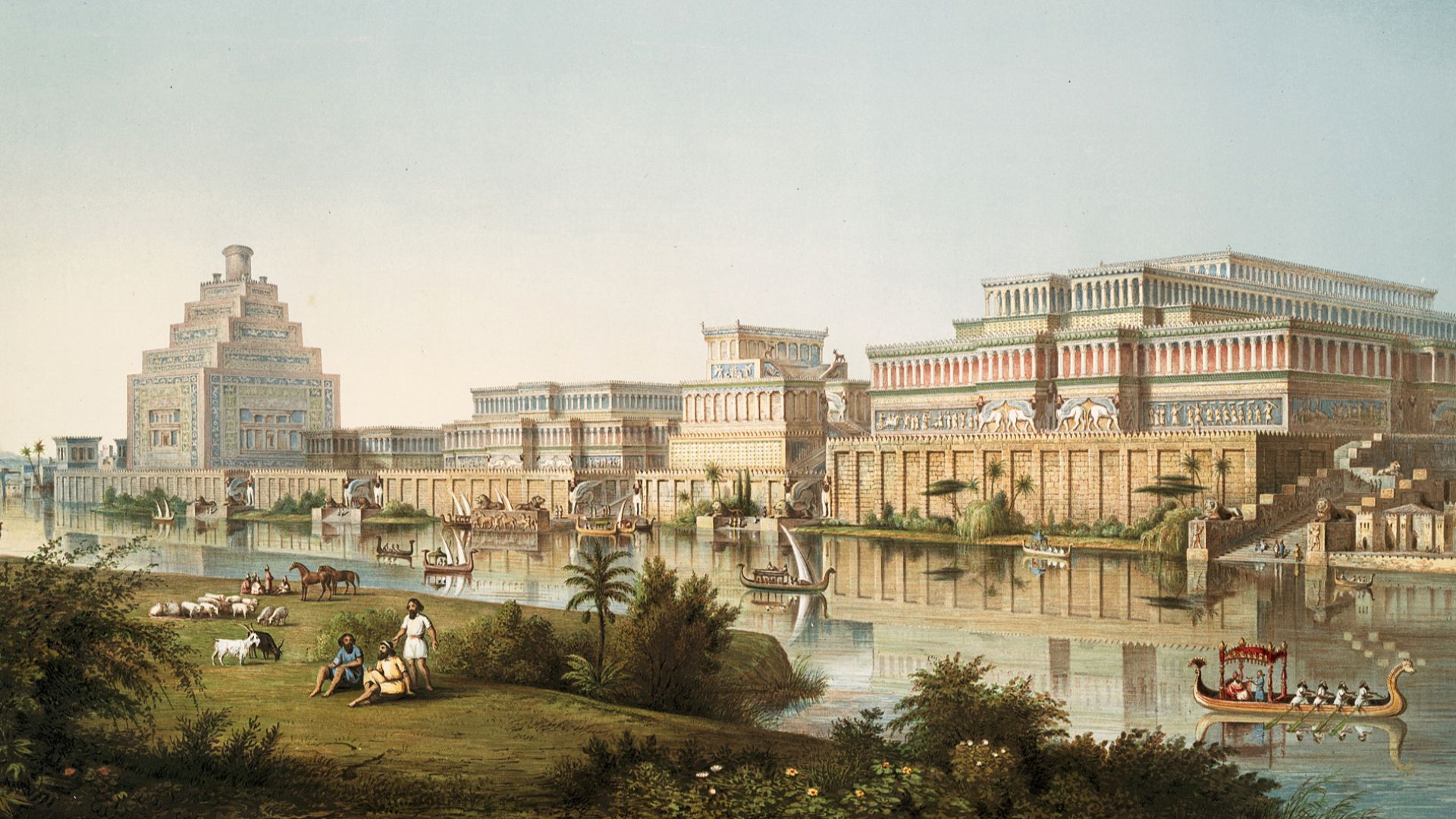 Austen Henry Layard, Wikimedia Commons
Austen Henry Layard, Wikimedia Commons
When Stone Speaks Again
The fifteen lamassu statues uncovered in October 2025 transformed our picture of Nineveh. These stone behemoths join forces with September’s colossal bull to revive a world of artistry, ambition, and spiritual meaning. For travelers and history lovers alike, these rediscoveries are all the proof they needed that there are still countless stories to discover, one excavation at a time.
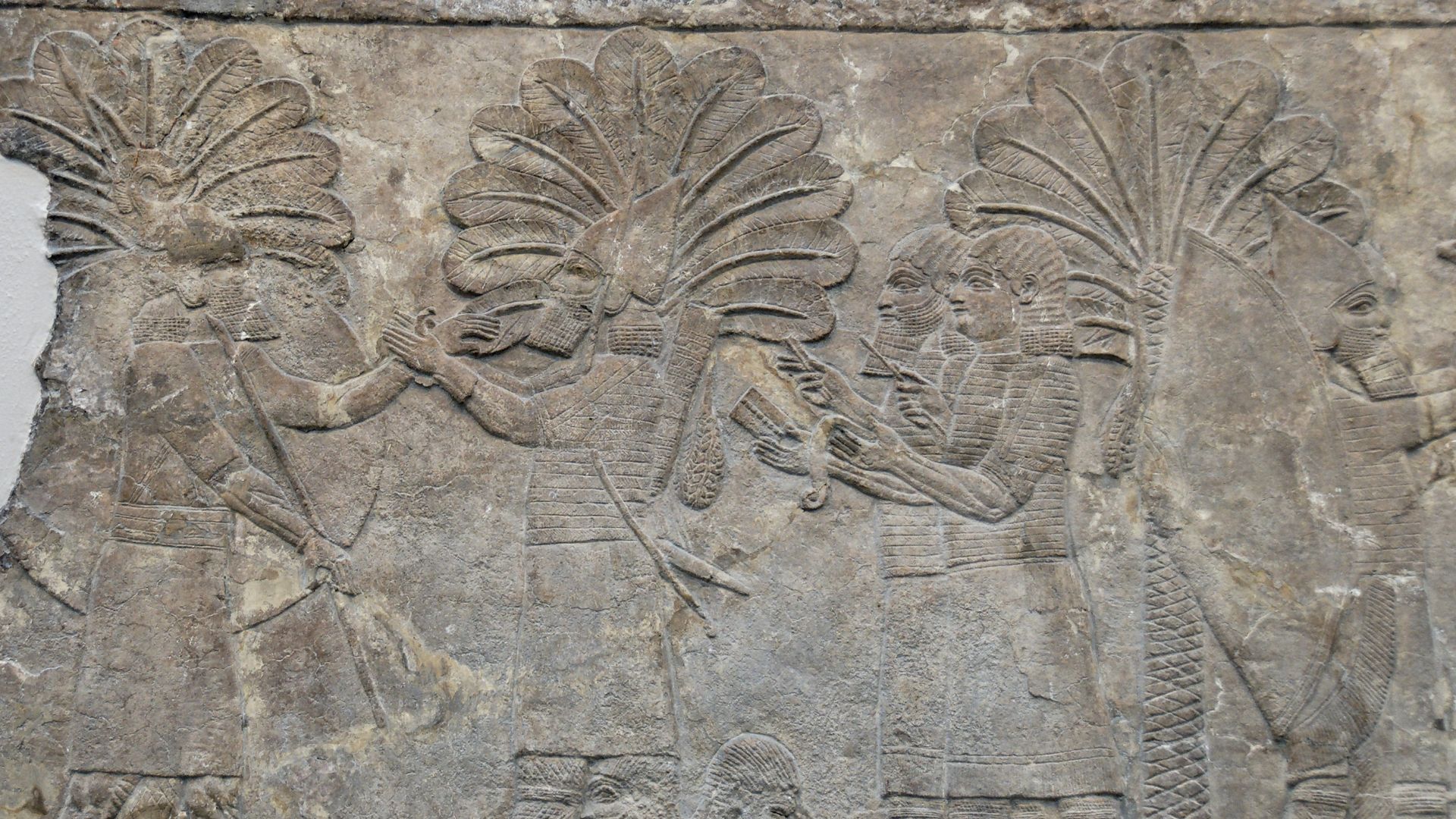 Unknown artistUnknown artist, Wikimedia Commons
Unknown artistUnknown artist, Wikimedia Commons
You May Also Like:
The Lost Branch Of The Nile That Helped Build The Pyramids

